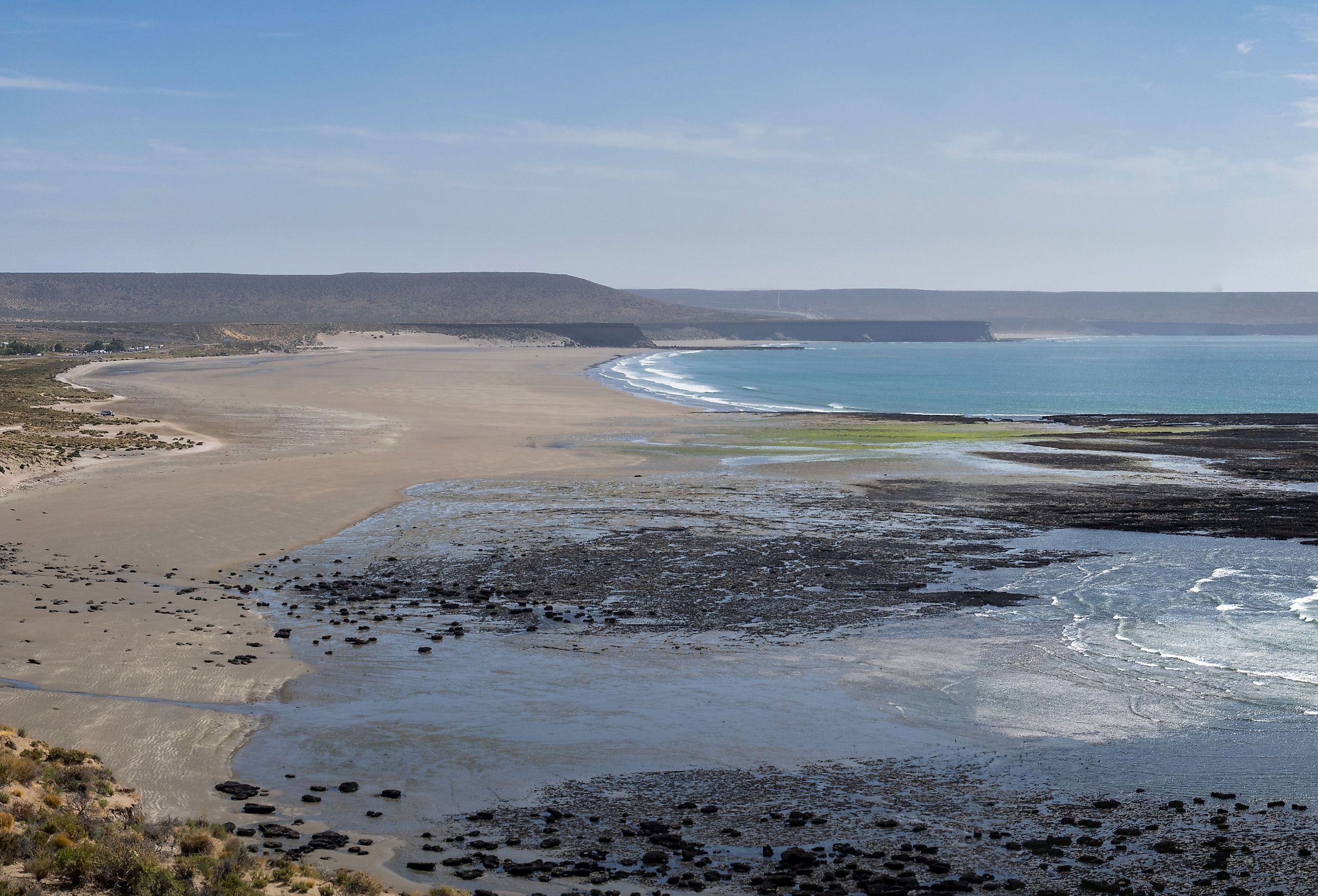
Gulf of San Matias
The region known as Patagonia, Argentina, is rich in wildlife and geological features. The Gulf of San Matias is one of the area's unique features and offers a substantial variety of marine wildlife, including rare whales and sea lions. This article will explore the different geologic features and formations of the Gulf of San Matias. Keep reading to learn how and when it formed, and what it is like today.
Location of the Gulf of San Matias
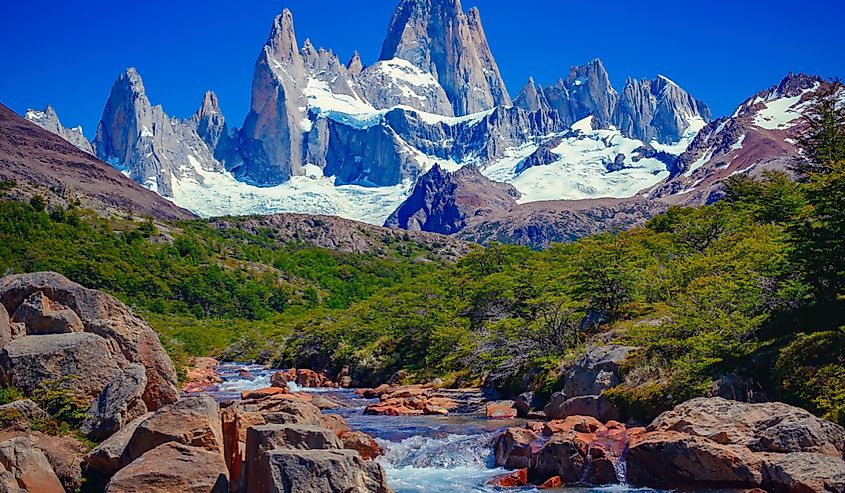
The Gulf of San Matias (Golfo De San Matias) is a large inlet off the coast of Argentina, South America. The Gulf is in the Atlantic Ocean, with the Rio Negro and Buenos Aires Provinces of Argentina to the north and northwest.
To the south is Chubut Province, with the Valdes Peninsula separating the Gulf of San Matias from the Golfo Nuevo. The region surrounding the Gulf of San Matias is known as the Patagonia region, with the Gulf of San Matias being the largest Gulf in the area.
It is a prominent fishing spot with different varieties of squid, mussels, and clams claiming the Gulf as their home. The marine life will be further discussed in later sections, however it is important to note that the fishing industry is threatening the many unique aquatic lives in the region.
History of the Gulf of San Matias
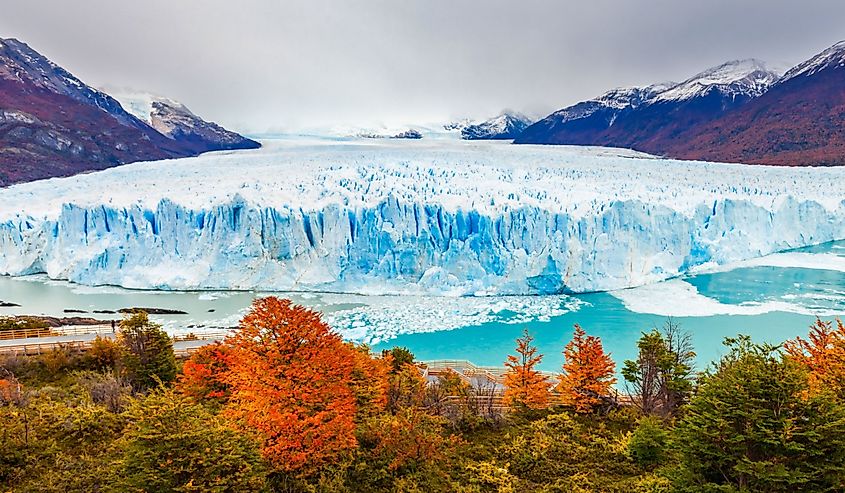
The Gulf formed approximately 11,500-11,000 years ago during the late Pleistocene era. The area is known for tectonic activity, which formed several large depressions in the earth’s crust—the Gulf of San Matias being the largest in the area.
Today there are several depressions surrounding the Gulf of San Matias that are prominent spots for scientific research. While these depressions are below sea level, they have not yet been consumed by the ocean as the Gulf of San Matias has during the last glacial melting.
Before the glacial melting of the late Pleistocene epoch, the Gulf of San Matias was above sea level. According to recent surveys by the National Oceanography Centre, the last glacial melting period caused the sea level to rise approximately 1-2.5 meters per century (approximately 3-8 feet).
This might not sound like much, but between 19,000-6,000 years, this accumulated to 120 meters (394 feet). After this time, the Gulf became part of the Atlantic Ocean, but remnants of the region can still be seen in the surrounding Patagonia region of Argentina.
Notable Geographic Features of the Gulf of San Matias
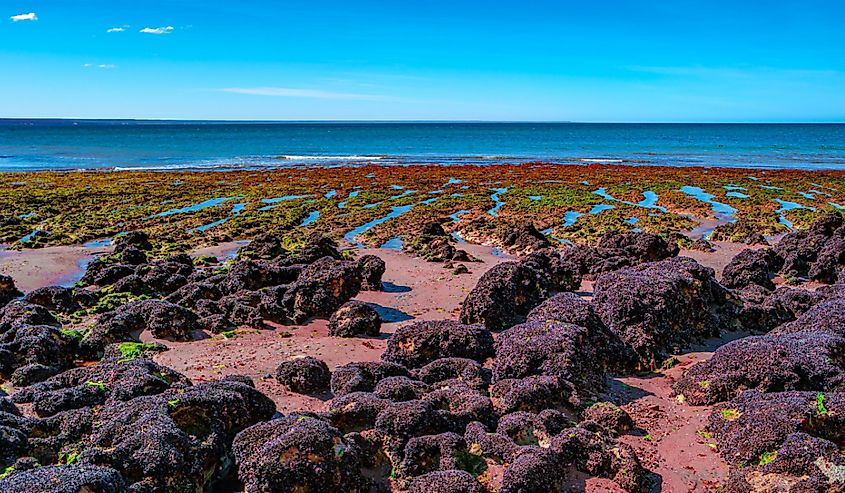
The sand waves of the Gulf of San Matias are one of the most unique features of the region. Sand waves occur both above and below water and are features left over from unusual water activities. As water flows and recedes over the land surface, it leaves behind large impressions on the land that look like waves of sand and gravel.
The depressions in the earth surrounding the Gulf are also a subject of scientific research and discovery. The depressions are remnants of the flatland that once made up the whole Gulf of San Matias.
While the Gulf has no notable islands, the Valdes Peninsula is one of the most important geographic features. This peninsula is home to sea lions, whales, and other marine mammals.
Flora and Fauna of the Gulf of San Matias
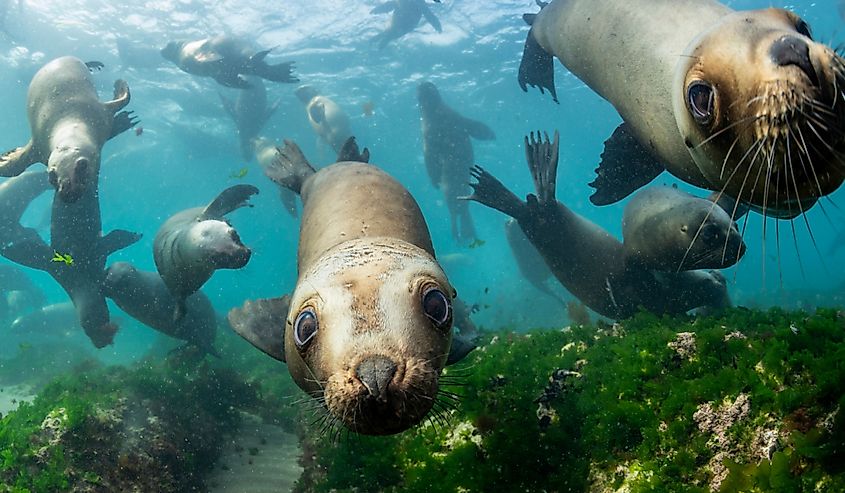
The unique variety of mollusks, mussels, and clams is the most notable animal life in the Gulf of San Matias. The Gulf is home to some of the most diverse varieties, including the Ribbed mussel, purple clam, Tehuelche scallop, and bivalve mollusks. Overfishing in the region threatens several of these varieties, with conservation efforts working to preserve them from extinction.
Various types of squid and octopi are also prevalent in the area. The most common is the small octopus or octopus Tehuelches, with the ocean temperatures being especially favorable for the octopus' breeding.
The Valdes Peninsula is also home to several varieties of seals and sea lions who hunt in the abundant waters of the Gulf of San Matias. The surrounding waters are also a prominent calving ground for whales. The Northern and Southern Right Whales are the most common whale species found in the area.
Conclusion
The Gulf of San Matias is a beautiful and large Gulf near the southern portions of South America. It is a fairly cool region due to its proximity to Antarctica. The cool waters make it ideal for whales and seals who like the temperatures and the abundant marine life. The region's population of whales, fish, and bivalves is increasing thanks to conservation efforts.











